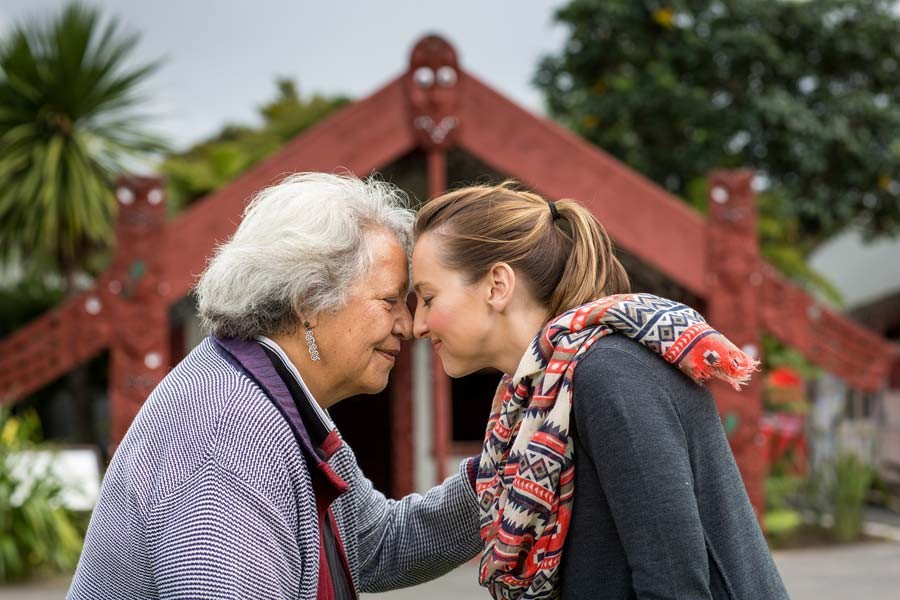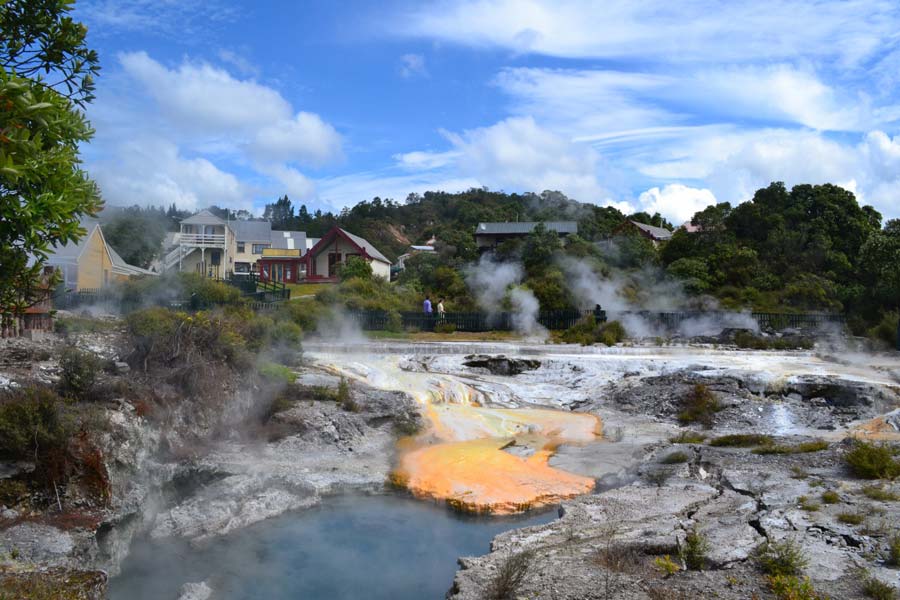Like all countries, New Zealand has its own slang. Familiarise yourself with basic Kiwi-ese words and sayings and you’ll be “away laughing”.
Pull on your jandals, togs and sunnies, pop some beers in the chilly bin and take a tiki tour to the beach! Didn’t understand a word? Then check out our Kiwi-English dictionary to tackle Kiwi-ese slang.
If a Kiwi asks you to pop down to the ‘dairy’, they’re not suggesting you milk a cow, they’re talking about going to what you might know as the corner shop or convenience store. Don’t let New Zealand slang confuse you – use the Kiwi-English translation guide below and ‘get to grips’ with basic Kiwi-ese.
b
Bach A basic holiday home, classically found at the beach or by a lake
Beehive The hive-shaped executive wing of New Zealand’s Parliamentary Buildings
Bloke The common man, the ordinary guy in the street
Boy-racer Young person in a fast car, usually with the stereo ‘cranked up’ (‘loud’!)
C
Capsicum Bell pepper
Cheers Often used in place of ‘thank you’
Chilly bin Insulated box used to keep food and beer cold
Chippies Potato chips or crisps
Chippy Builder
Choice Great, excellent: “That sports car is choice!”
Chocka Full
Crook Sick
Cuppa Cup of tea
Cuzzies Relatives
D
Dairy Convenience store, sometimes called ‘the corner dairy’
F
Footy Rugby, the national obsession
G
Gumboots Waterproof rubber boots, also known as ‘gummies’
H
Haere mai Welcome
Hāngi Traditional Maori cooking method using an underground earth oven
Hard case Clown, witty person
Heaps A lot
Hokey pokey New Zealand’s favourite ice cream flavour, vanilla with toffee bits
J
Jandals Open-topped rubber sandals, known elsewhere as thongs or flip-flops
K
Kia ora Hello
Kiwi A flightless bird or a person from New Zealand
Kiwifruit Small, fuzzy, brown-skinned and green-fleshed fruit
Knackered A tired person ("I've been at work all day and I'm knackered!") or a broken thing ("My car won't start, I think the engine's knackered").
L
Lollies Candy or sweets
Loo Toilet, also known as a ‘dunny’
M
Marge Margarine
Mate A close friend
Mate’s rates A discount for a friend (or the kind of good discount you’d give a friend)
Motu Island
O
OE Overseas Experience
P
Pakeha New Zealander of European descent
Pavlova Iconic New Zealand dessert, a baked meringue topped with cream and fruit
Pinky Bar Chocolate bar with marshmallow centre
Pom or Pommie Someone from Britain
S
Shout Paying for something on behalf of others (often a round of drinks or dinner)
P
Puke Hill
S
Strapped for cash Short of money
Stuck in To ‘get stuck in’ is to start working on something
Sunnies Sunglasses
Sweet/Sweet as Great, excellent (“This concert is going to be sweet as!”)
T
Ta Thanks
Takeaways Food taken ‘to go’, often fast food such as fish ’n’ chips
Thanks Often used in place of ‘please’, as in “I’ll have a bottle of orange juice, thanks.”
Tiki tour Scenic route
Togs Bathing suit
Tomato sauce Ketchup
Tramping Hiking
U
Ute Utility vehicle
V
Varsity University
W
Whanga Harbour, bay
Wop-wops In the middle of nowhere
Y
Yonks Forever, a long time



























